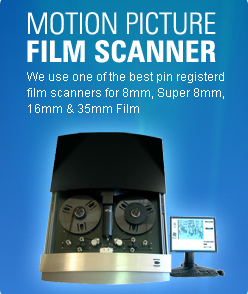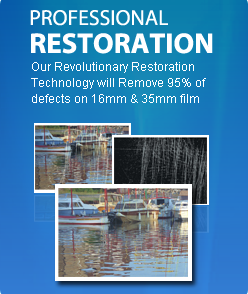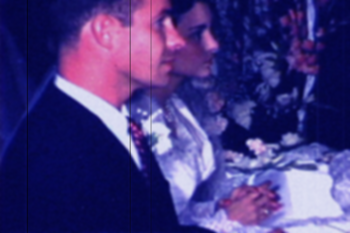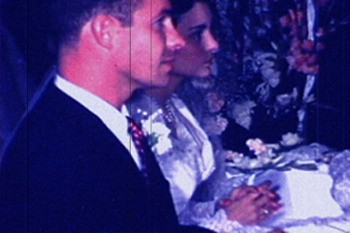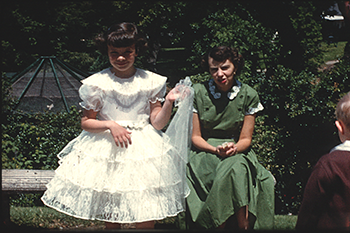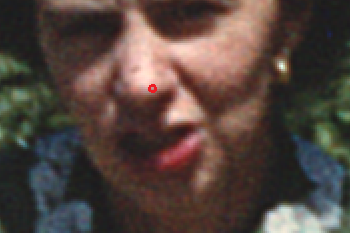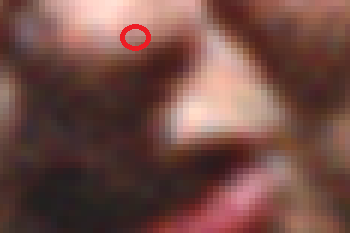
The first table shows how the same film looks using our 4 different processes. You can see that the difference can be significant for our Cicero customers.
The second table presents a case for scanning 8mm and Super 8 film at 2K resolution. In the past year we have done 20 comparisons. Contrary to popular belief, we do see a noticeable difference in quality between our Pro HD and Pro 2K process on 8mm and Super 8 film.
In general it is recommended that you scan at or above the resolution of the film. For 8mm and Super 8 that means scanning at HD or 2K.
8mm And Super 8 Film Cicero |
|
SD Scan
|
|
Pro HD Scan
|
|
Pro 2K Scan
|
|
Pro 4K Scan
|
|
Film Resolution |
|
Resolution of Film |
|
Film Grain
|
|
Film Grain vs Digital Pixel
|
|
So, for example, if you are looking for the best quality DVD, scan your 8mm or Super 8 at HD. If you are looking to go to BluRay then scan your 8mm or Super 8 at 2K.
Professional films usually have access to the original camera negative in addition to work prints, answer prints, etc. It is always better to scan using the original camera negative.
Cicero Fun Facts: Ogden Avenue was one of the first roads in the city and was formerly an Indian trail. Numerous opportunities for entertainment are located in nearby Chicago. In 1848 an extension of the Chicago Union Railroad connected Cicero to Chicago. In 1869 the town was incorporated.
Illinois Fun Facts: During Prohibition Chicago became synonymous with bootleg liquor and gangsters like Al Capone. The first Europeans to visit Illinois were the French explorers Louis Jolliet and Jacques Marquette in 1673, but the region was ceded to Britain after the French and Indian War. After the American Revolution, Illinois became a territory of the United States, and achieved statehood in 1818. Located on Lake Michigan, and connected to the eastern ports via the Erie Canal, Chicago became a booming metropolis, and even the fire of 1871 could not stunt its growth.
